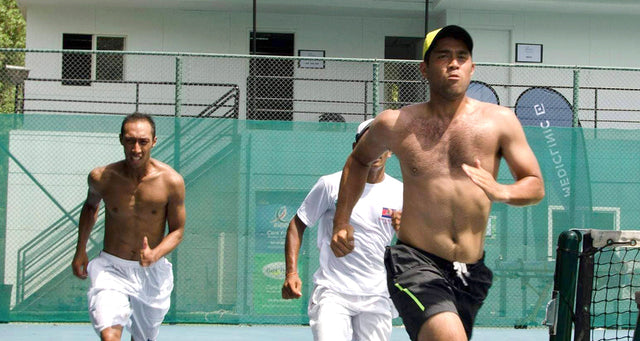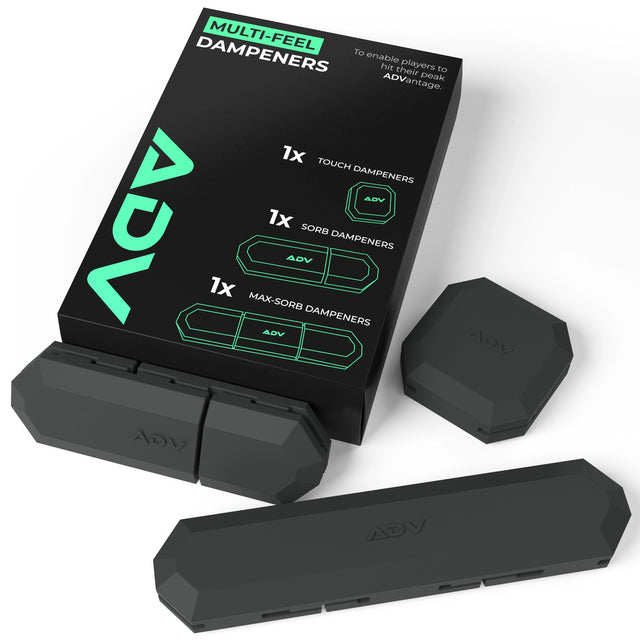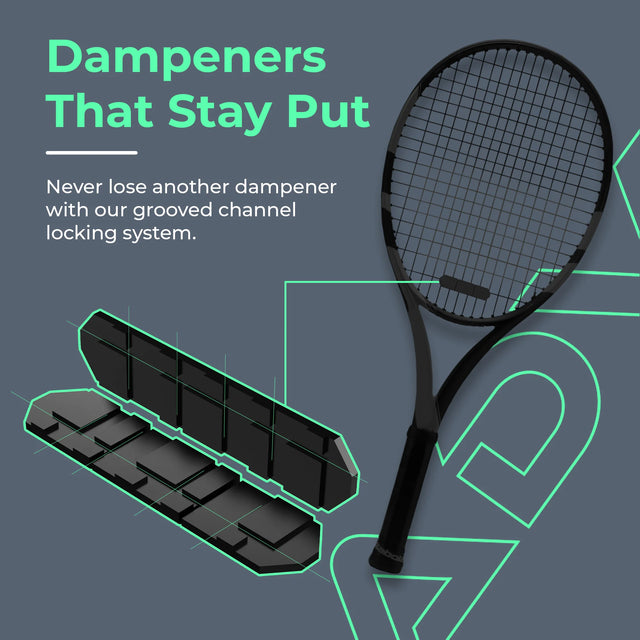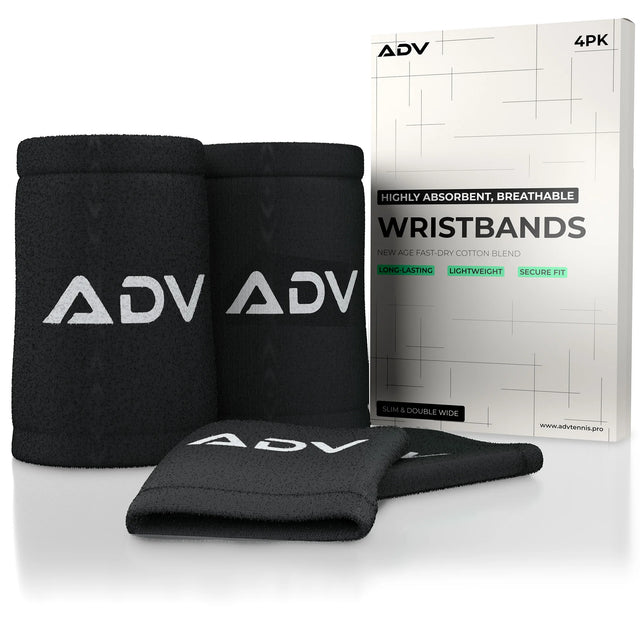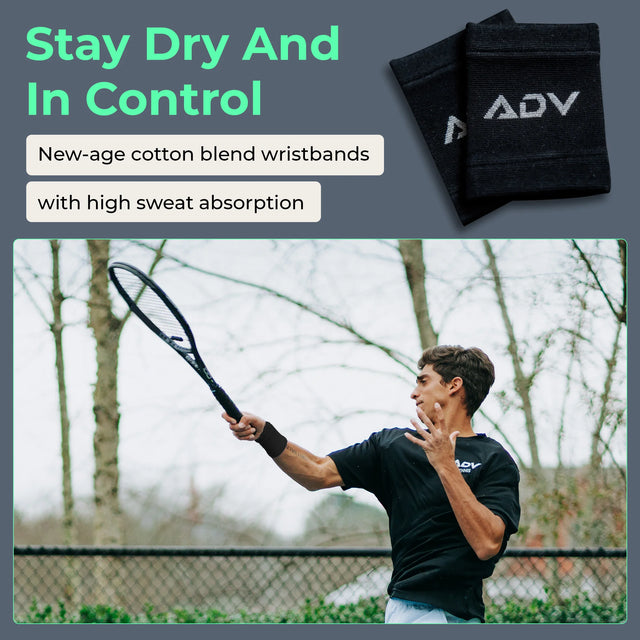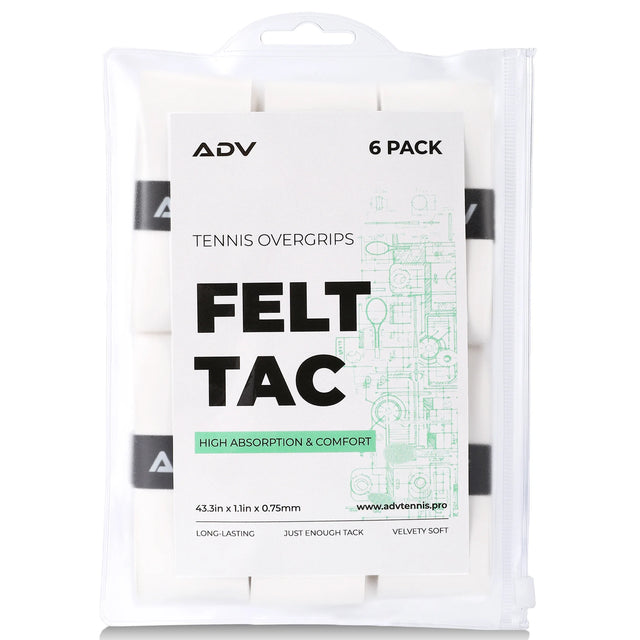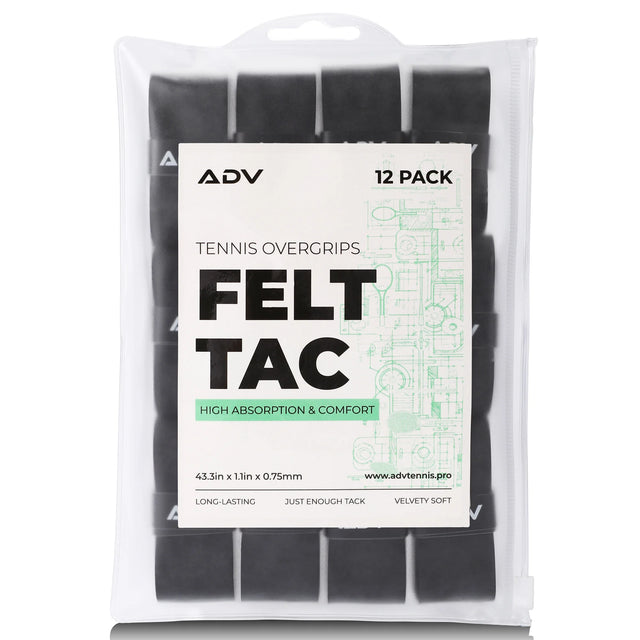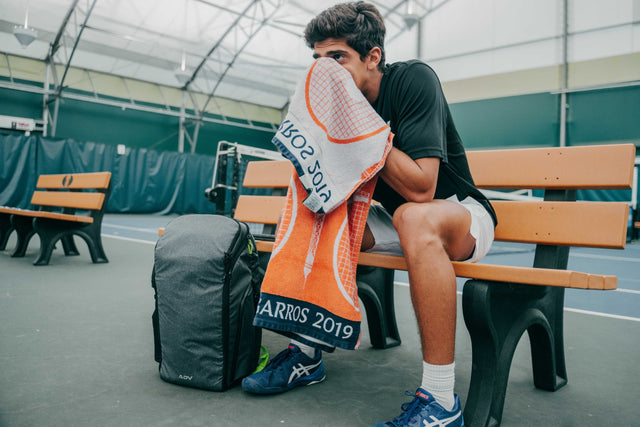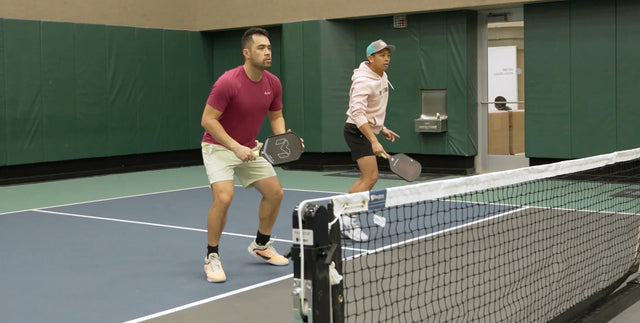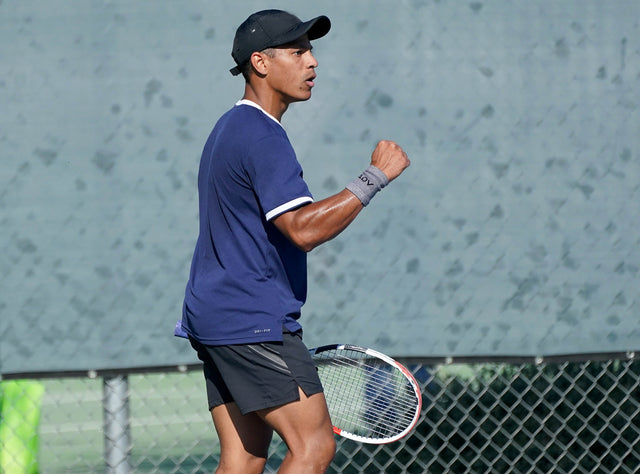The Importance of Tennis Fitness and How It’s Different
Tennis is not only fun to play but can also improve and maintain fitness levels. Playing tennis is a great way to stay fit but if you want to take your game to the next level, you must be fit for tennis. What does that mean?
While using tennis as a way to stay fit is great, if you want to play well and develop your game, you need to embark on fitness and physical training. Much attention is given to playing technique in tennis with little regard to fitness and physical training. However, you may be able to master a good range of strokes but what happens when you are deep in a third set and tiring?
Your technique will not hold up if you do not have the fitness levels to cope with the length of the match. Here you will find all of the information you need to build up your tennis fitness. This will include some tips on the types of tennis training equipment you can use to help in the process. Also more tennis fitness and training content can be found in our Fitness & Training Blog.
WHY IS FITNESS IMPORTANT IN TENNIS
As highlighted above, you can master every tennis shot in the book but if you do not have the fitness level required to produce the shot when it matters most, you will be left disappointed. Many players step away from a match they have lost and wonder where it went wrong. Speed, agility, and endurance are all key factors of playing tennis. All of the world's leading tennis players today have significant levels of all three.
Anaerobic fitness, which is the ability to repeatedly sprint in short bursts, power and flexibility are also key elements in tennis. Without these in place you will struggle to not only compete against an opponent on the tennis court but also to enjoy the sport generally. As you begin to tire, your focus can also suffer. Good fitness is important in tennis because it allows you to maintain your focus throughout and can give you the mental edge.
In addition, a good level of tennis fitness will help you to avoid picking up injuries. Lack of strength, flexibility, muscle imbalances, overuse and tiredness can all lead to an injury when playing tennis.
So, now you know why fitness is important in tennis and the several aspects making up tennis fitness, let’s take a closer look at some examples specific to tennis.
Warmup and Cool Down
You should always be warming up before playing tennis and cooling down after a match. Essentially, if your body is not ready to play tennis, your muscles are not ready and that can not only lead to poor performance but also injury. Simply jumping up and down a couple of times before playing is not a suitable warm up for tennis. You must always begin by walking and jogging as this raises body temperature, gets the heart pumping and warms the muscles. As soon as you begin to sweat, you can embark on some stretching exercises specific to the way you move during a tennis match.
Arm circles, lunges, and racket swings are all good examples of tennis warm up exercises. Having completed these, you can then move into a short practice session with your opponent or playing partner. If you are alone, you can use a resistance band to stretch and prime your muscles. In terms of the cool down, this should also involve a short jog followed by some simple stretching. A pull rope is a great piece of tennis training equipment for both warming up and cooling down as it can be used to gently and dynamically stretch the shoulders, arms, wrists and back. The drink in the club house can wait until after the cool down. Touching your toes is another good example of a tennis cool down exercise.
Speed, Agility and Strength
This is where using tennis training equipment can be beneficial. You can find tennis fitness equipment available to purchase from top brands including Wilson, Nike, Energetic, Topspin, PTP and Schildkröt. ADV Tennis also provides great solutions, boasting a range of equipment purposely designed to help improve tennis fitness including speed, agility, and strength.
In terms of strength, this can be divided into several aspects for tennis including power, explosive force, static strength, and endurance strength. We have already highlighted how a resistance band can be used in the warm up but this versatile piece of tennis training equipment can also be used to develop core and lower body strength, balance, and explosiveness. The same applies for a pull rope and this can be used to improve your range of motion and flexibility.
If you are a tennis coach and you have been looking for a series of tennis fitness exercises and equipment, you are in the right place. ADV Tennis offers a range of tennis training equipment and video guide / e-book showing how each aspect of tennis fitness can be improved using the equipment.
Endurance Training
If you are playing in a three set match, whether it be in a competition or against a friend, you need to know you can continue playing at peak performance in the final game of a deciding set. The only way to do that is to participate in regular endurance training.
Endurance training can be split into aerobic and anaerobic endurance. For clarity, aerobic means ‘with oxygen’ and anaerobic means ‘without oxygen’. Therefore, aerobic endurance involves longer periods of time, such as the whole match whereas anaerobic endurance is the ability to play in short bursts throughout the match.
In terms of tennis aerobic endurance training, cross court rallies with a playing partner where the direction is changed after every 5 shots is a good example. The idea is not to try and hit a winner but to maintain the pace of the rally for as long as possible. This can be changed for anaerobic endurance training by playing 5 shots in a rally and the point then becoming competitive.
Setting Goals
In terms of working on your tennis fitness it is important to set realistic goals. You are not going to go from feeling tired or playing weak backhand shots from the second set of a match onwards to playing like a professional in the deciding game of a fifth set in a matter of weeks.
Building up tennis specific fitness takes time but you can set smaller goals that combine to see an overall improvement in all of the aspects discussed above. Do not be disheartened if you do not see a change within a few days, it may take a couple of months for your work to be rewarded. However, as time progresses and you persist with your tennis fitness routine, you will reap the benefits and become a better player as a result.
🎾 Written by Daniel Jones, staff writer and physio

